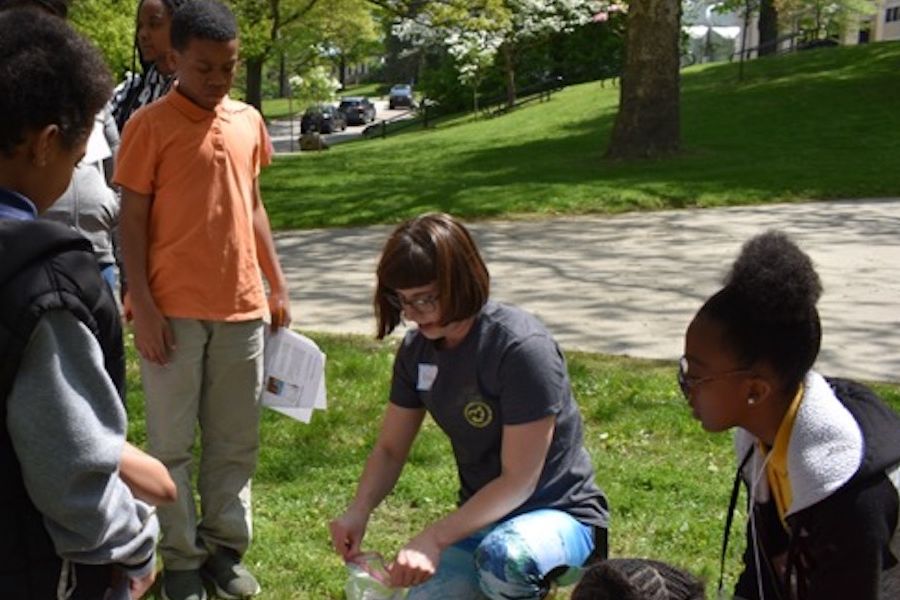Environmental Science and Design Research Institute

Bridget Mulvey, Ph.D., associate professor of science education in the College of Education, Health and Human Services; and David Singer, Ph.D., associate professor in the Department of Geology in the College of Arts and Sciences, recently merged real geology research with community service in an effort to show some Akron Public Schools students that science is not just a benefit to their community but a viable career option, too.

The National Science Foundation has awarded a three-year, $914,000 grant to 91˛Öżâ to lead a collaborative research project to study how and at what rate the geographically most widespread native conifer in the eastern United States, the Eastern Red Cedar tree species (Juniperus virginiana), spreads across the landscape.

Emmaleigh Given recently spent three summers and two winters in a remote biological reserve in the middle of the rainforest in the Alajuela Province of Costa Rica, where she has and will spend several months conducting research on community ecology, and she has one more trip planned. Being hunted by unseen predators isn’t the way most researchers conduct their work. But for some, it’s just part of the day.

Though she had an interest in science at an early age, Raissa Mendonca had no idea she would end up over 4,000 miles away from her hometown of Recife, Brazil, studying and doing award-winning ecological research in the College of Arts and Sciences at 91˛Öżâ in Kent, Ohio. She probably did not expect to be wearing a bug net over her head in Manitoba, Canada, either.

Though she had an interest in science at an early age, Raissa Mendonca had no idea she would end up over 4,000 miles away from her hometown of Recife, Brazil studying and doing award-winning ecological research in the College of Arts and Sciences at 91˛Öżâ in Kent, Ohio. She probably did not expect to be wearing a bug net over her head in Manitoba either. Now, while pursuing her Ph.D. at 91˛Öżâ, Mendonca conducts research in Costello’s lab that focuses on ecotoxicology and biogeochemistry and how environmental disturbances affect aquatic communities and ecological processes. One of her recent projects resulted in her being first author on a peer-reviewed journal article and earned her a $5,000 award to continue pursuing her research.

91˛Öżâ has once again received recognition from Tree Campus USA, an Arbor Day Foundation program, for its commitment to effective urban forest management. This is now the 11th consecutive year that 91˛Öżâ has been awarded this honor. The university will celebrate the designation along with its annual Arbor Day events on April 25.

Scott Sheridan, Ph.D., professor and chairperson of 91˛Öżâ’s Department of Geography, recently conducted a study on abnormal weather patterns published in the Journal of Geophysical Research: Atmospheres, a publication of the American Geophysical Union.

City rats are unlikely to be on anyone's list of favorite animals, but researching exactly how they are problematic for public health provided a unique opportunity this past summer for Gracen Gerbig, 91˛Öżâ junior majoring in Cellular and Molecular Biology.

91˛Öżâ Biological Sciences Assistant Professor Lauren Kinsman-Costello, Ph.D., confirmed the possibility that increasing amounts of road salt could potentially end up in Ohio’s water supply, but it is very unlikely.

The work of 153 ecological researchers from 40 countries, including 91˛Öżâ Assistant Professor Dave Costello, Ph.D., from the Department of Biological Sciences in the College of Arts and Sciences, has revealed new findings on the effect of climatic factors on river-based ecosystems.